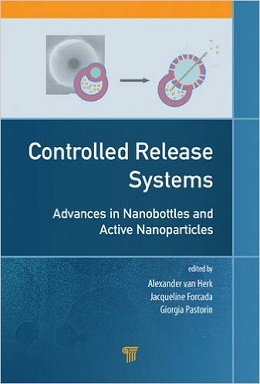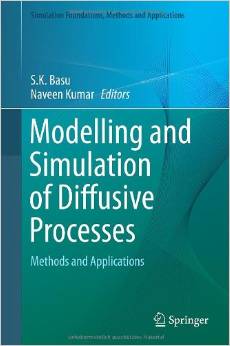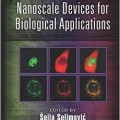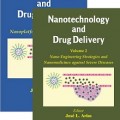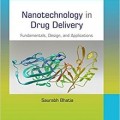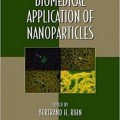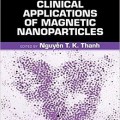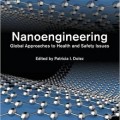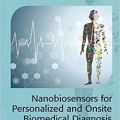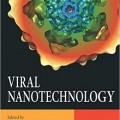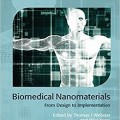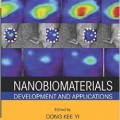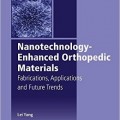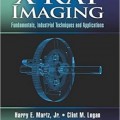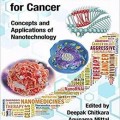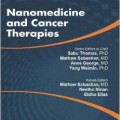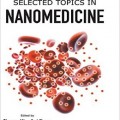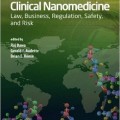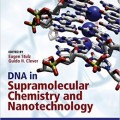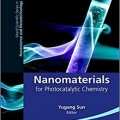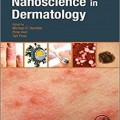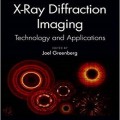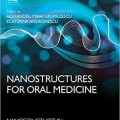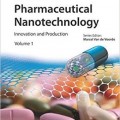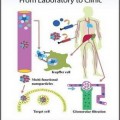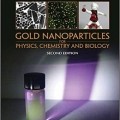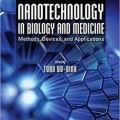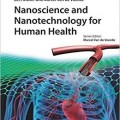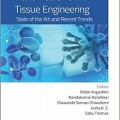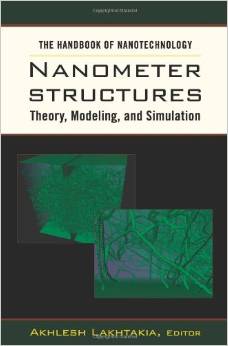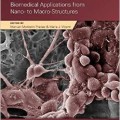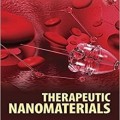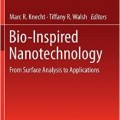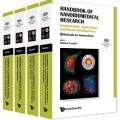دانلود کتاب سیستم انتشار کنترل شده: پیشرفت در شیشه های نانو و نانو ذرات فعال
Controlled Release Systems: Advances in Nanobottles and Active Nanoparticles, 1ed
In the area of controlled release of active substances, such as drugs, a strong interest in nanoparticles as carriers of active ingredients has arisen. Some of the active components are extremely hydrophobic, without cellular permeability and susceptible to metabolic degradation. Owing to this, their use is limited. This kind of agent can be transported without any problem through physiological media by using nanoparticles. The size of particles is an important parameter because it governs the efficiency of the delivery system. For this type of application, particles that have a diameter smaller than 1 μm are especially useful. Polymeric nanoparticles that have diameters in the colloidal range are produced by means of polymerization processes in dispersed media. Drugs are taken up into the nanoparticles by adsorption, absorption, or “entrapment,” or covalent bonding and they are delivered (release) by desorption, diffusion, polymer degradation, or a combination of these mechanisms.
Nanoparticles (including nanogels) that release their contents by external triggering open up new possibilities for therapeutic strategies. External triggering by light, heat, change in pH, or application of ultrasound opens up the possibility to release the material on demand. If only a part of the wall of the nanoparticle (nanocapsule) is responsive, we are dealing with the so-called nanobottles, a nanocontainer with the active substance and a lid on the container that can be “opened” and “closed” by external triggering.
This book focuses on responsive nanoparticles and brings together two interesting areas: nanoparticles and responsive polymers. The concept of the book is that of a systematic approach from nanoparticles synthesis via responsive polymers to nanobottles. The second part of the book presents contributions from experts in the field and provides a state-of-the-art overview of the field.
About the Author
Jacqueline Forcada is associate professor in chemical engineering at the University of the Basque Country, Spain, and group leader at the Department of Applied Chemistry. Her research focuses on the synthesis, characterization, modeling, and biotechnological applications of functionalized polymeric and hybrid nanoparticles and nanogels.
Alex van Herk is team leader and senior researcher at the Institute of Chemical and Engineering Sciences, Singapore, since 2012 and visiting professor in Polymer Reaction Engineering at the Eindhoven University of Technology, the Netherlands. His field of research is nanotechnology, water-based coatings, and emulsion polymerization. He has edited four books and authored more than 180 papers.
Giorgia Pastorin joined the Faculty of Science at the National University of Singapore in June 2006, as assistant professor in the Department of Pharmacy. She became associate professor in the same department in July 2011. Her research interests focus on drug delivery (through the development of functionalized nanomaterials for potential biomedical applications) and medicinal chemistry (through the synthesis of heterocyclic molecules, as potent and selective GPCR ligands and potential therapeutics for several pathological conditions, including Parkinson’s disease and cancer.
Contents
Chapter 1: General Introduction and Definitions
Chapter 2: Responsive Polymers: Types and Properties
Chapter 3: Responsive Polymeric Nanoparticles
Chapter 4: Preparation of Micelles, Vesicles, and Liposomes
Chapter 5: Synthetic Strategies for Synthesis of Polymer Nanoparticles
Chapter 6: Synthesis of Nanobottles
Chapter 7: General Criteria for the Selection of Nanoparticles for Certain Applications
Chapter 8: Microgels and Nanogels for Drug Delivery
Chapter 9: Magnetic Particles for Cancer Diagnosis and Drug Delivery
Chapter 10: Micelles, Liposomes, Bubble Liposomes, the Layer-by-Layer Approach,and Nanocapsules
Chapter 11: Inorganic Nanoparticles in New Upcoming Biomedical Applications
Chapter 12: Carbon Nanotubes as Nanocarriers for Controlled Drug Delivery
Chapter 13: Dendrimers
Chapter 14: StimulPReactive Nanoparticles for Drug Targeting
Chapter 15: Potential Applications of Nanotechnologies to Neurodegenerative Diseases [Alzheimer’s and Parkinson’s Diseases]
Chapter 16: Nanotherapeutics for Cardiovascular, Pulmonary, and Hematologic Diseases
Chapter 17: Immunotherapy and Vaccines
لینک کوتاه : https://bookbaz.ir/?p=35165
نویسنده : Alex van Herk , Jacqueline Forcada
ناشر : Pan Stanford; 1 edition
سال انتشار : 2016
زبان کتاب : انگلیسی
نوع فایل : PDF
تعداد صفحات : 566
(ISBN) شابک : 9814613215
قیمت کتاب درآمازون : $149.95
حجم فایل : 7 MB


